PropertyGuru lays off 79 employees, shutters unprofitable units to “future-proof” biz

PropertyGuru Group will lay off 79 of its staff, or about 5 per cent of the company’s total workforce, and close down unprofitable units part of a strategic review, The Edge reported.
In an open letter to employees today (February 27), the company’s CEO and Managing Director, Hari Krishnan, said that the decision was made after “careful and objective identification of the roles for PropertyGuru’s next phase of growth”.
Roles within customer support will be redesigned across marketing, product and enterprise sales to serve customers “holistically and with enhanced value”.
Affected staff will be given severance pay of one month for each year of service capped at 12 months or country statutory severance pay, whichever was higher.
The company will also give a goodwill payment of one-month base salary and eligible 2023 annual performance bonus for affected non-sales staff, or sales commission for February and March for affected sales staff.
Additionally, PropertyGuru will extend company medical insurance, or a lump sum payment in lieu, and access to its employee assistance programme for three more months from the last date of employment. Affected staff will also be able to access an outplacement service for three months and keep their work laptops.
In order to “future-proof” the business, Krishnan adds that the company will be making “structural organisational changes”, including the closure of two of the company’s nine branches in Vietnam related to the company’s Marketplace business, which are operationally non-scalable and unprofitable.
The company will also consolidate technology delivery to “drive economies of scale” and to streamline its regional technology resources to improve collaboration.
Volatile market conditions and changing customer needs require us to adapt our strategy so that we can continue to grow sustainably. It’s essential that we periodically reassess our progress and take proactive steps to future-proof our business.
– Hari Krishnan, PropertyGuru Group’s CEO and Managing Director, on the layoffs
Featured Image Credit: PropertyGuru
Also Read: S’pore firm PropertyGuru to list in US on March 18, will be valued at US$1.78B after SPAC merger
What it’s like driving an EV for the first time, using the BYD Seal on KL roads
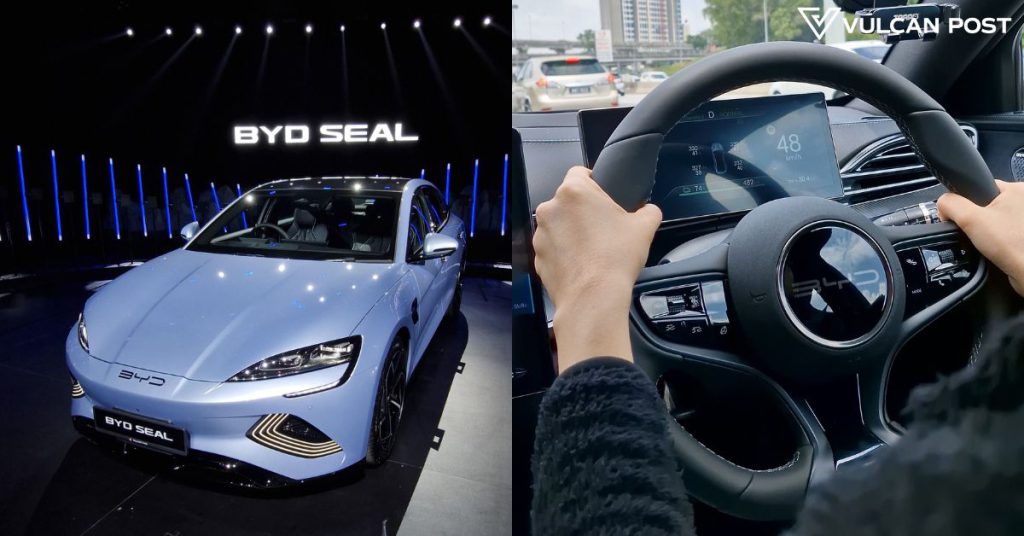
I’m really late to the electric vehicle (EV) game. We’ve been writing about EVs for years, but I have never actually sat in one, let alone driven one.
With the launch of the BYD Seal though, that all changed.
But first, a few disclaimers. Obviously, I have no basis of comparison when it comes to EVs, so my thoughts would be from the perspective of someone who has driven only internal combustion engine (ICE) vehicles.
All the bells and whistles of newer, fancier cars aside, what I want to review in this article is also purely down to the expected features of a premium car.
That means we’re mainly talking about safety features, comfort, and the driving experience.
Since this was a barely one-hour test drive with the BYD Seal, I can’t speak on the cost-saving features of driving this EV versus a petrol car, nor can I properly give an in-depth review of the BYD Seal.
With that in mind, here’s what my experience driving an EV for the first time was like.
Looking good
I have to touch upon the looks of the BYD Seal, because I think that matters to quite a lot of people (myself included).
A lot of popular EVs I’ve seen on Malaysian roads seem to be on the tamer, rounder side, especially the SUVs. So I quite like that the BYD Seal is a sleek, sporty, and stylish car. In short, it has that “sexy” factor.
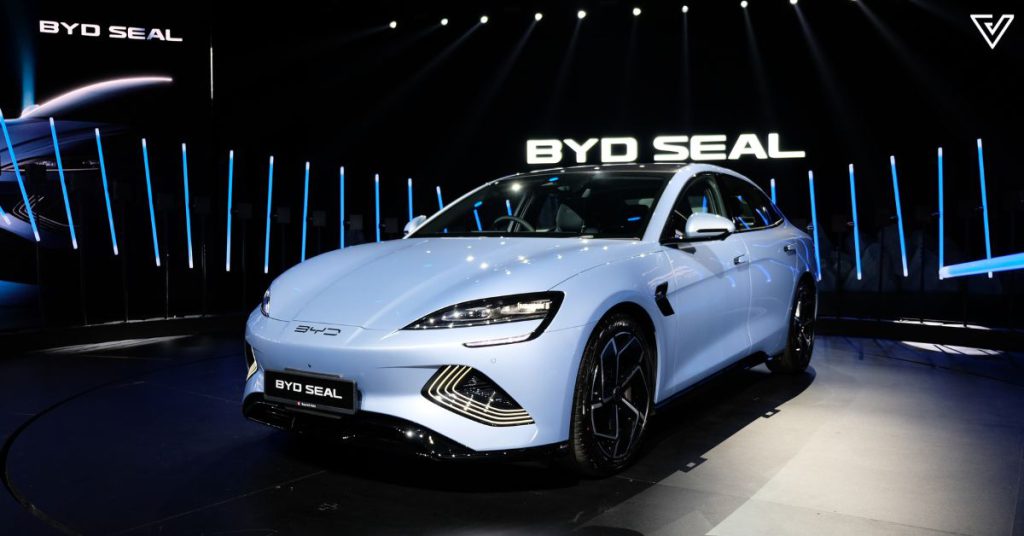
I kept thinking it looked reminiscent of the Mazda MX-5 or Porsche Panamera, except with a much smaller grille. EV-wise, I’ve heard people say it reminds them of the Tesla Model 3, and I can see that too.
The BYD Seal is said to carry on the brand’s “Ocean Aesthetics” philosophy, which they showcase through elements like the waterdrop mirrors, LED tail lights, wave waistline, and more.
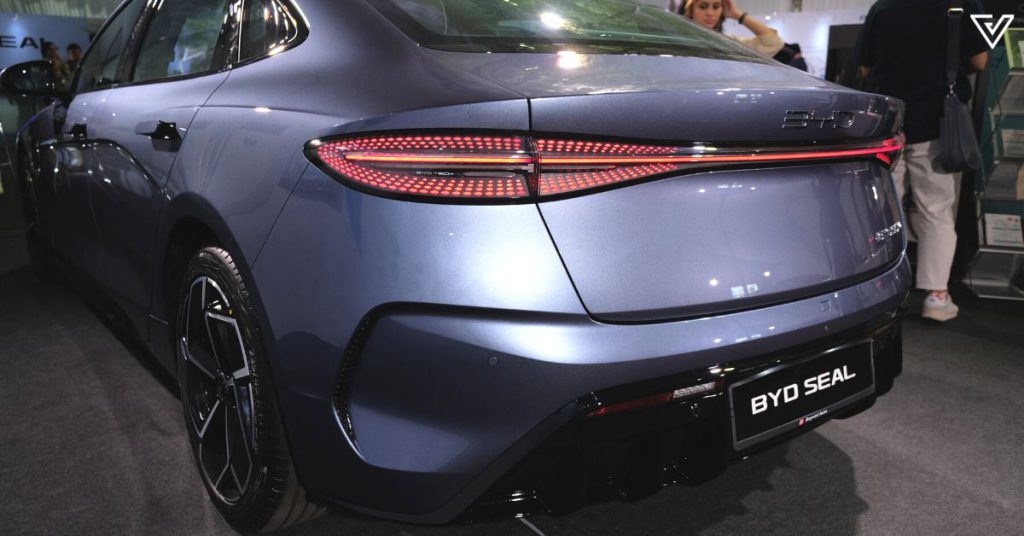
The car supposedly takes design inspiration from waves and mountains in its smooth curves all over, but I can’t quite get the vision. Maybe I just need to get more imaginative, though.
But all in all, yes please, to more sporty looking EVs in the future.
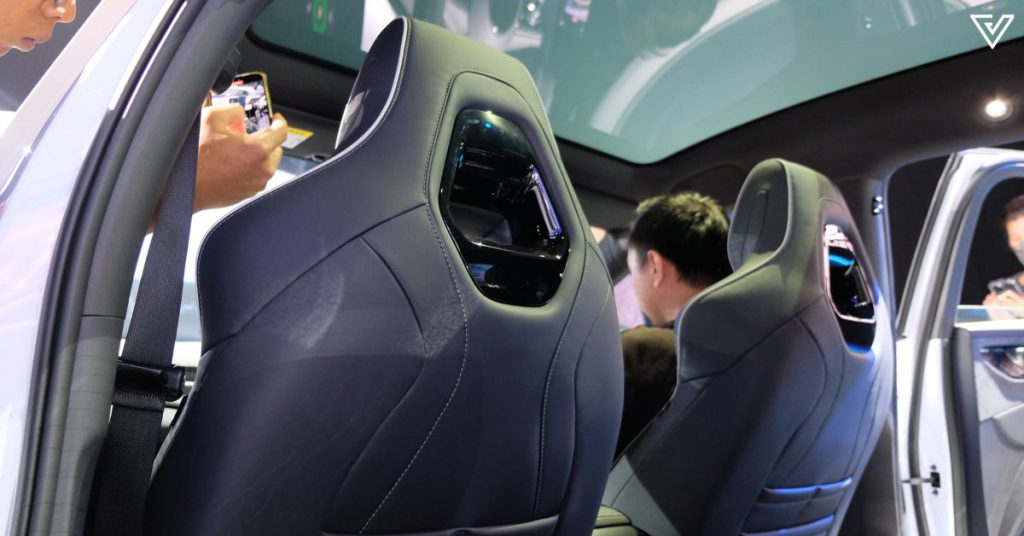
Gearing up for the road
Taking it out onto the road, the first thing I noticed was that the gear is very different from what I’m used to. There are just three modes I can switch in between, which are R, N, and D.
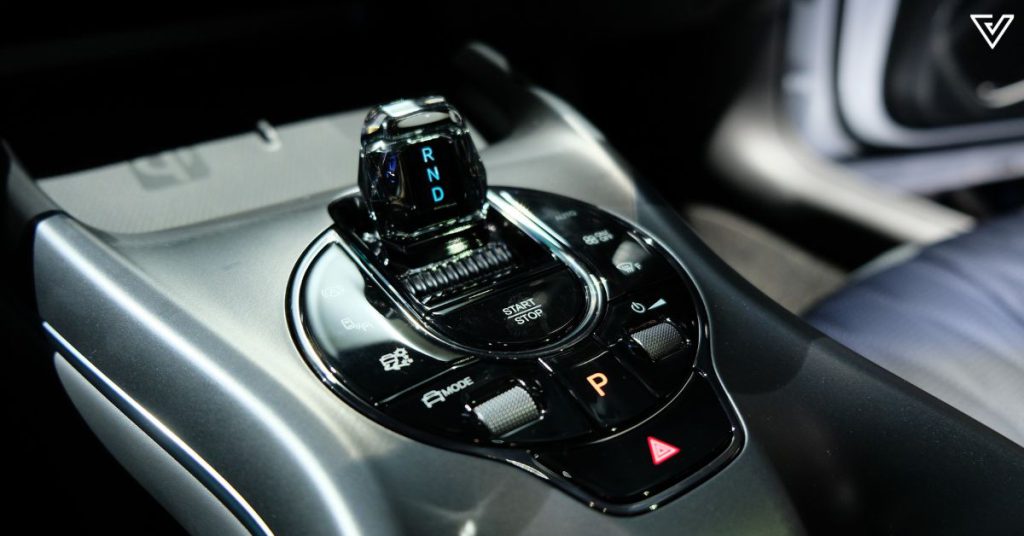
Upon further research, it seems like this is more common in EVs than I would’ve thought, which I suppose makes sense given that they don’t need multi-speed transmissions.
EVs are said to have better responsiveness, and I could definitely feel that.
The car would immediately accelerate once I stepped on the pedal, and the brake was very sensitive, but thankfully it didn’t take long for me to get used to the latter.
BYD says that the Seal can go from 0-100km/h in 5.9 seconds for the Premium version we drove (the Performance version takes just 3.8 seconds). I couldn’t test it during our drive, but I can say that it feels like the car has a good amount of power behind it.
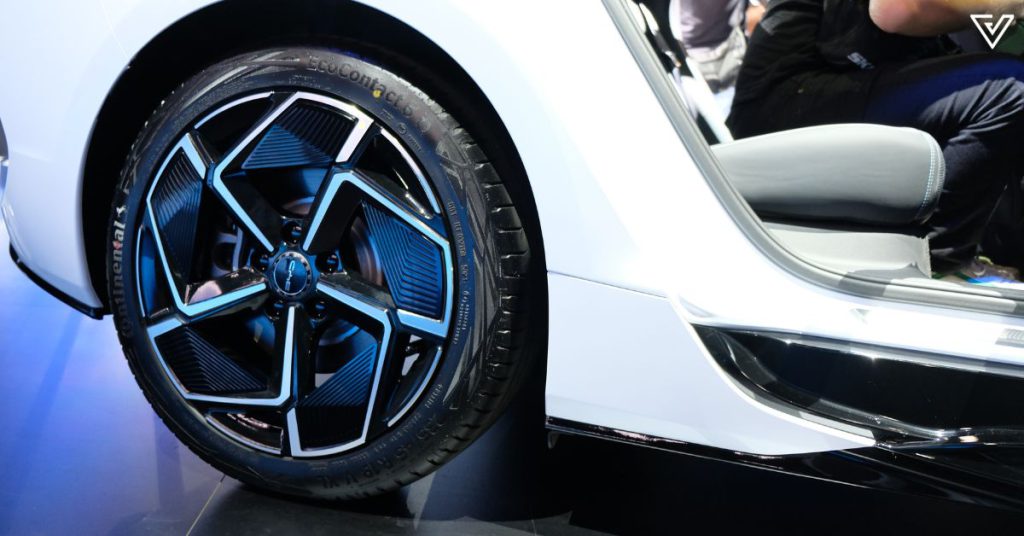
According to the specs sheet, the BYD Seal (Premium) produces around 230kW of maximum power and 360Nm of torque. This is powered by a 82.5kWh battery that is directly integrated into the chassis of the vehicle, in what’s known as cell-to-body (CTB) technology.
Navigating the car around tight, narrow bends and through KL’s rough roads was easy enough, which I guess points to the car having good steering.
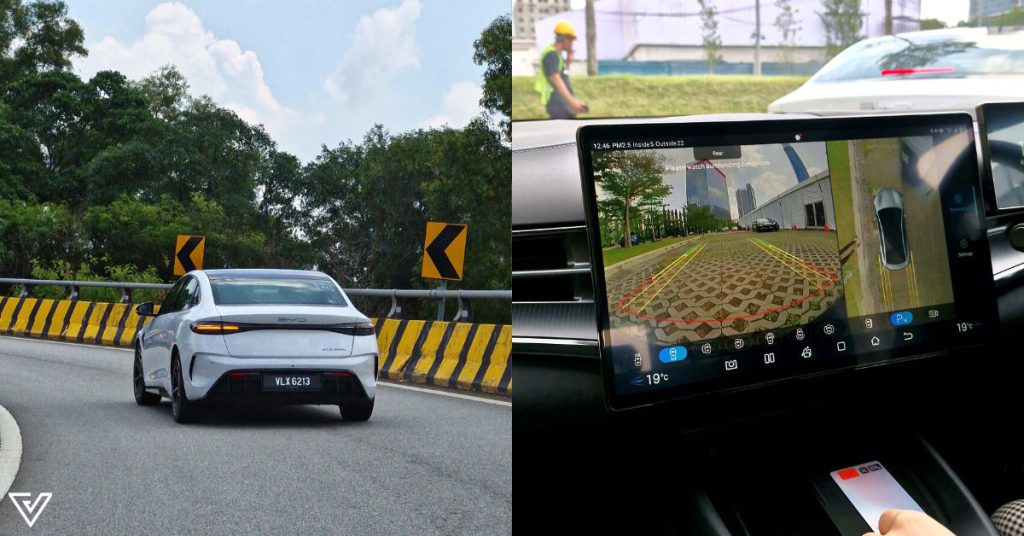
Safety-wise, we saw some features of the BYD Seal’s advanced driver-assistance system (ADAS) come into play, such as the predictive collision warning, and adaptive cruise control calibration.
In short, the steering system would nudge the car back into its own lane if it felt like I was doing a riskier overtaking manoeuvre, and the cruise control would adapt its speed and braking according to the cars around me.
I noticed that the car also had a speed limit warning which kept going off while we drove around. In my defence, I was simply matching the speed of our convoy.
I couldn’t figure out how to turn it off either; asking the voice assistant inside the 15.6-inch rotating display was fruitless, as she either couldn’t understand us, or that command simply didn’t exist.
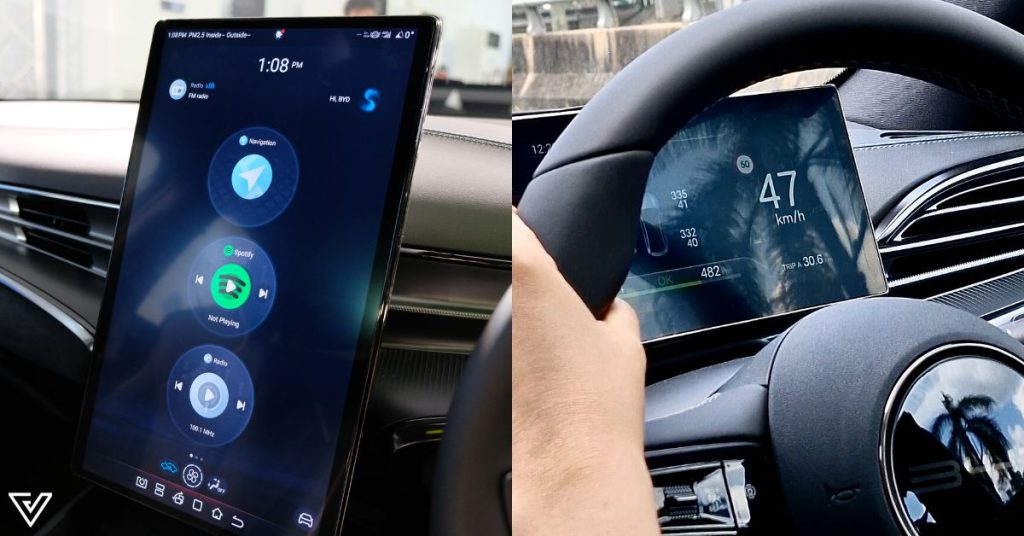
(According to research as I’m writing, it seems that the setting can be turned off in the ADAS section of the display, but man, does it take some digging to find.)
Thankfully, the warning wasn’t too loud or jarring.
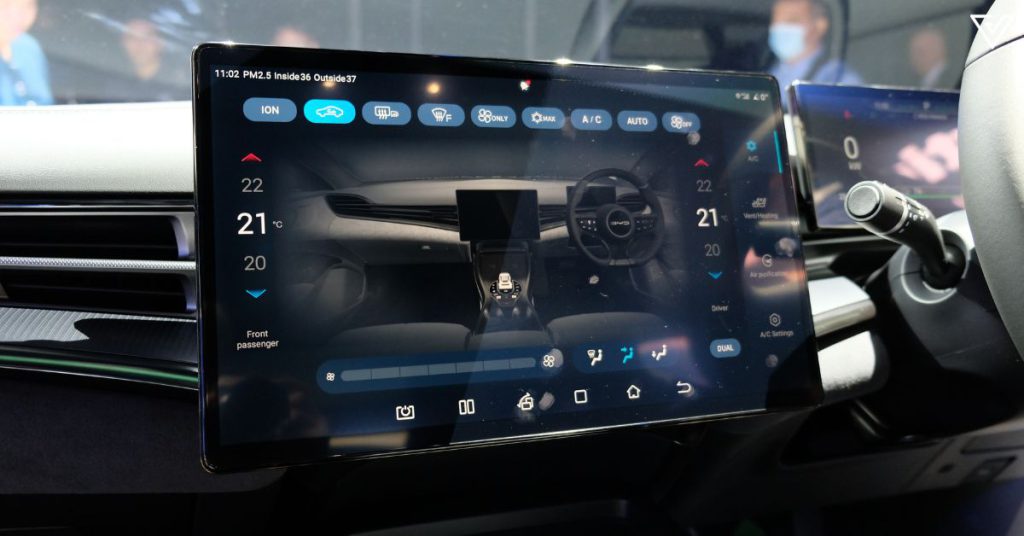
Even the indicators were quiet, without the usual “tick-tock” noise. They were so quiet that several times, I accidentally forgot they were still on.
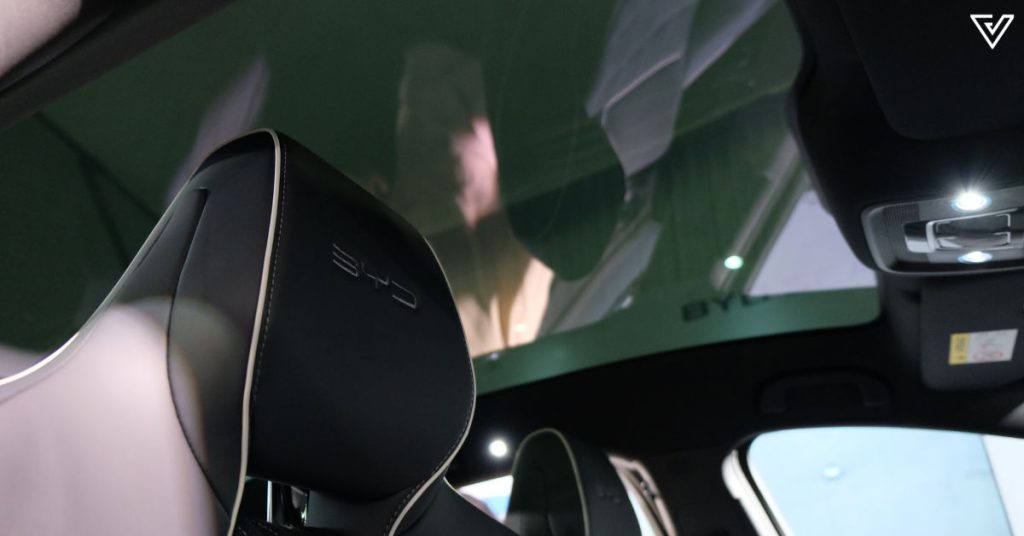
Confirmed comfort
If you remember the CTB technology mentioned earlier, it also enables a vehicle to be lighter and more spacious.
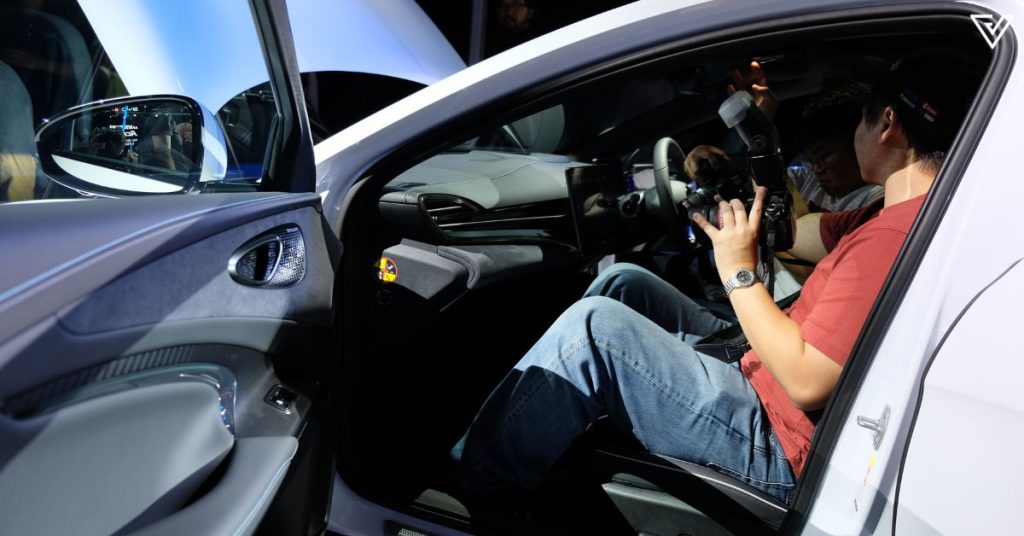
The Thaumus Black interior has ergonomically designed sports seats which felt plush, and the overall cabin was definitely spacious.
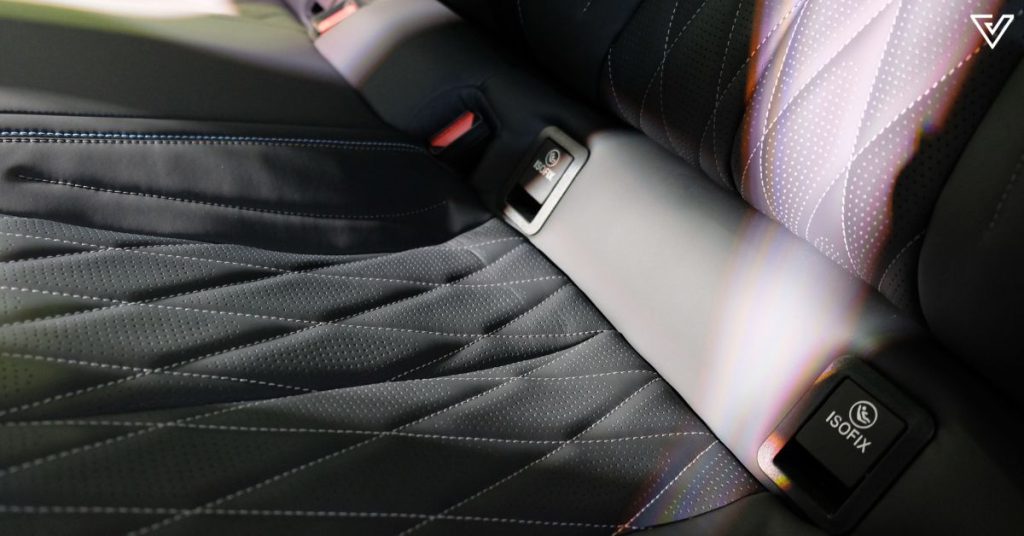
I don’t think legroom would be a problem, and those who often have lots of stuff to stow away will be glad to know that the sedan has 400L of rear trunk capacity (with 50L of space in the front trunk).
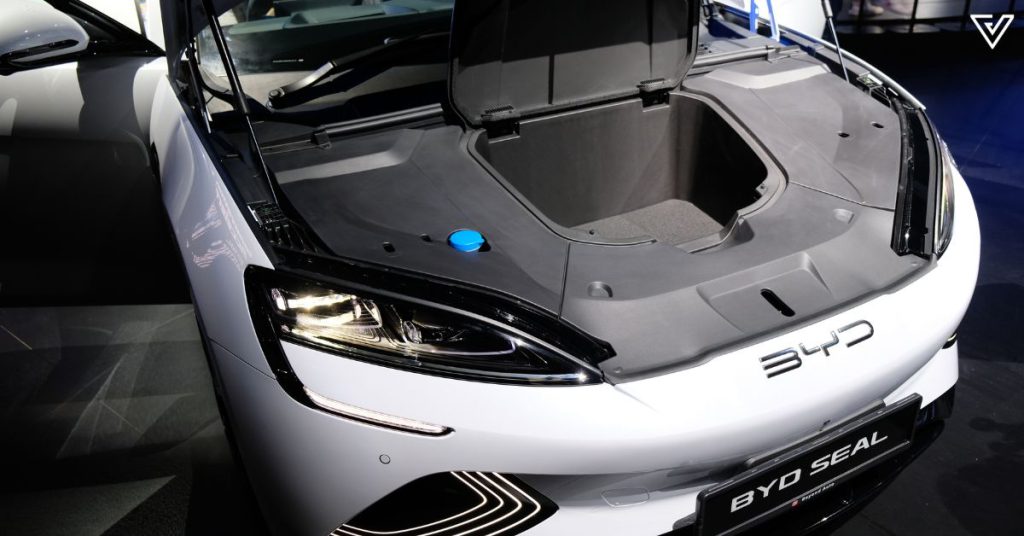
The BYD Seal also promises great suspension, and I’d say it holds true. For both driver and passenger, the ride was very comfortable.
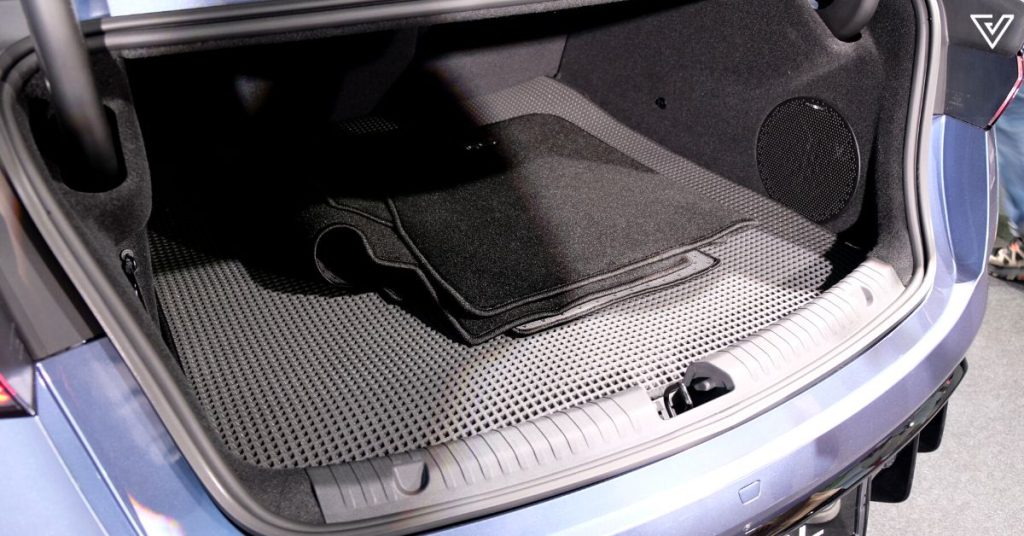
In general, the BYD Seal was quite a quiet car. The sound insulation in the cabin was pretty good compared to ICE cars, but I’m not sure how it fares against other EVs of its segment.
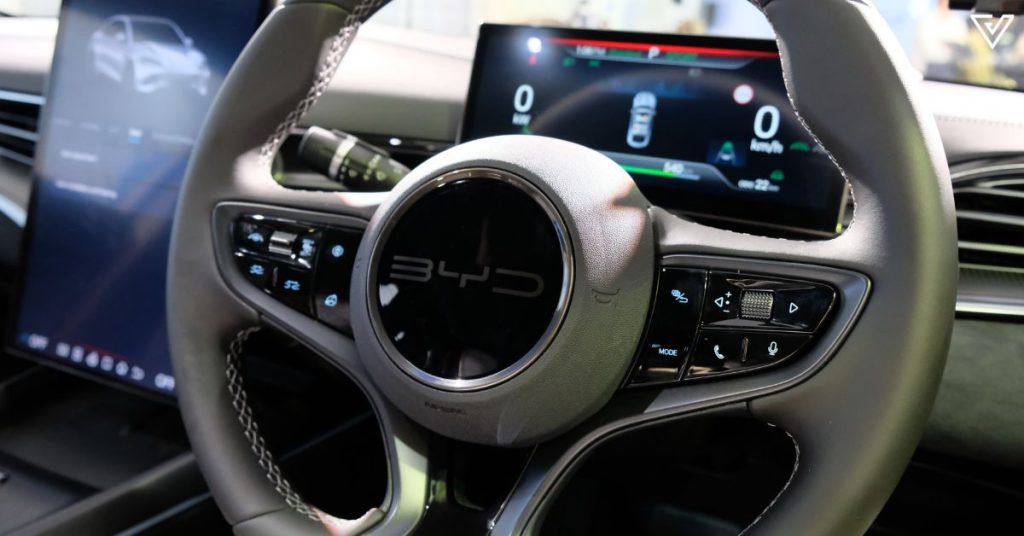
Overall thoughts
To describe the BYD Seal in one word, it is smooth. From the design choices to the driving experience, everything felt very smooth. It aligns with what I’ve heard of EVs, at least. And don’t just take it from me, the driver, because my colleague (passenger) agreed with me too.
Other than the slight differences I had to get used to, such as the gear, the experience wasn’t groundbreaking.
There was a lot of fancy “high tech” which I think is common in many of today’s EVs, but those are things I could live without. They’re not crucial to the day-to-day driving experience, I’d argue, and sometimes don’t feel intuitive at all.
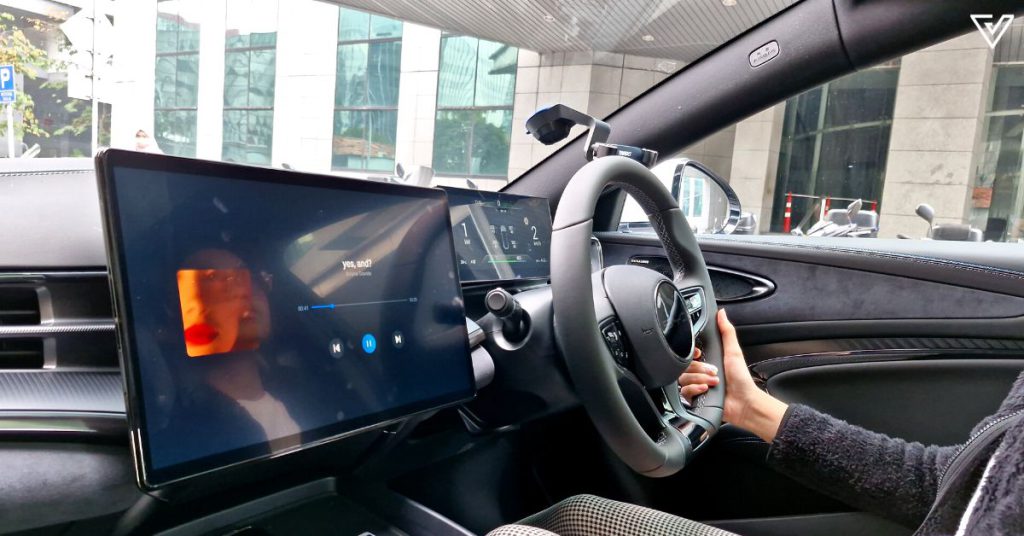
I’m in no way blaming my lukewarm review of EVs on the BYD Seal, as I think most existing premium EVs would garner the same results for me. Unless it was one equipped with a completely autonomous self-driving system.
Now, that might just change my life, but we will not know for sure for the foreseeable future, since full autopilot of cars is still not allowed in Malaysia.
My biggest takeaway from this test drive is that EVs really aren’t as “weak” or “boring” as some ICE car enthusiasts might say (and as I once assumed).
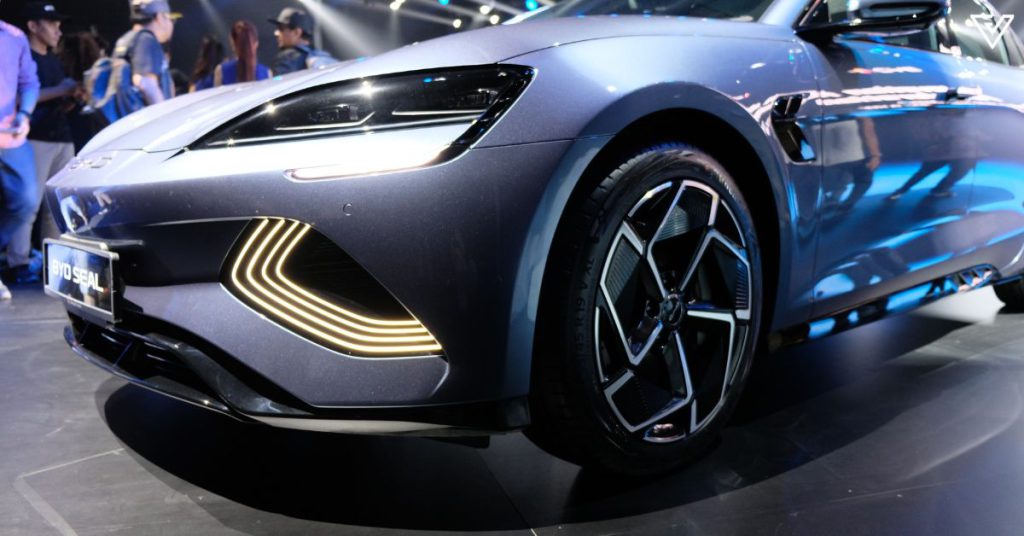
If you still harbour doubts, there’s no harm in just going for a test drive and seeing how EVs perform for yourself.
Only two of three variants of the BYD Seal will be available in Malaysia, distributed by Sime Darby Motors. The Premium variant starts at RM179,800, and its colour options include Cosmos Black, Atlantis Grey, and Aurora White.
Meanwhile, the Performance variant starts at RM199,800, and its colour options are the same as the Premium’s, with the exclusive addition of Arctic Blue.
Also Read: You could win prizes worth up to RM238K when buying a home in these 5 townships by Feb 29
All images credit: Vulcan Post
By turning tuak fizzy, this S’wakian wants to bring the Bornean alcohol to the world stage
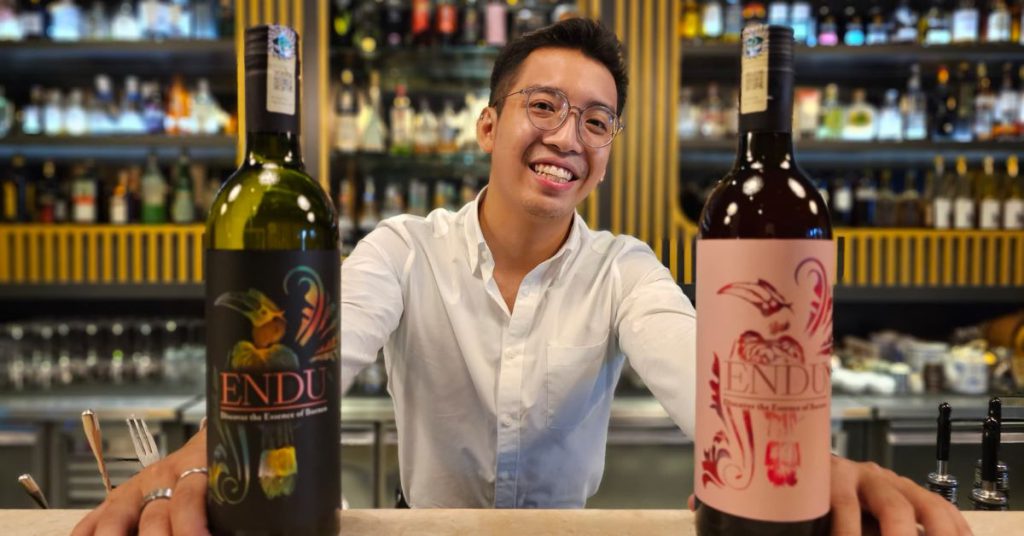
At 25 years old, Shaun Chang is the co-founder of Endu, which claims to offer Malaysia’s first naturally carbonated sparkling tuak.
Based in Kuching, Sarawak, Shuan’s roots are a mix of Chinese and Iban heritage. He embarked on the Endu journey in November 2021 alongside his mother, who taught him the art of tuak, using a family’s recipe that’s been passed down through generations.
After trial and error, the mother-son duo began receiving positive feedback from friends who encouraged them to sell their tuak on online platforms, transforming a beloved hobby into a thriving business.

Although the business was doing relatively well at the time, a pivotal moment arrived when Shaun crossed paths with a seasoned master brewer, who would end up being Endu’s co-founder.
This mentor shared his insights on how to naturally carbonate the tuak, which led the two of them to establish Thirsty Craftsmen Asia (TCA). Under this company, the two aim to combine their expertise in traditional brewing and the craft industry.
Harnessing a family recipe to commercialise tuak
The name “Endu”, Shaun explained, is significant for two reasons.
“Not only is it my mother’s endearing nickname, but in the Dayak language, it symbolises women—a tribute to the traditional role of women as tuak artisans, including yeast cultivation,” he shared. “Thus, Endu embodies both familial heritage and cultural homage.”
After perfecting the formulation of traditional tuak with his mother, Shaun and his mentor introduced the innovative sparkling concept.
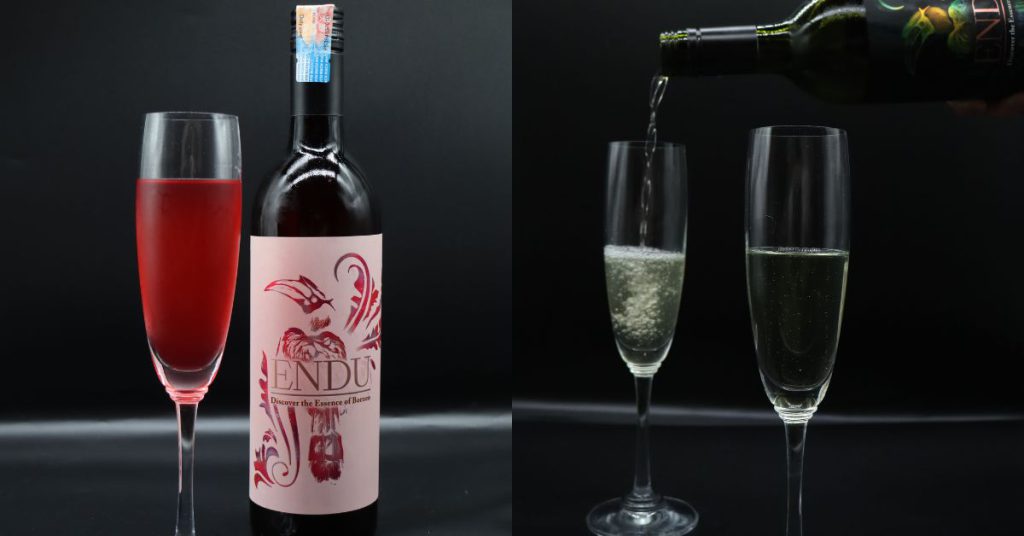
“The decision to introduce the sparkling concept stemmed from a desire to innovate while honouring tradition,” Shaun explained. “Endu’s mission revolves around commercialisation, brand identity, and product consistency to promote our heritage beverage to the outside world.”
As such, he saw the need to evolve and adapt to promote tuak to a wider audience. While he understands that tradition holds immense value, he also believes embracing innovation allows them to elevate tuak’s profile. Plus, carbonation gives greater consistency to the drink’s flavours.
Their products are not produced at home, but rather at a factory with proper manufacturing equipment as well as the appropriate licences.
Legitimising the business
“Going from a 100-litre home bucket setup to a 1,000-litre tank at the factory was no easy feat,” Shaun said. “There were many challenges during the process of making it. Thankfully, the first batch we made worked out well.”
He credits the success of the sparkling element to the brewmaster’s expertise.
From there, they started selling Endu in some restaurants in Kuching and Kuala Lumpur. They gathered feedback from these establishments, implementing the feedback to produce the second batch—which came out even better.
Feedback is a cornerstone in Endu’s development, Shaun revealed. For one, market validation was integral to the brand’s pre-launch phase.
Throughout each phase of their three-month process of transitioning from trial batches to full-scale production, the team closely monitored factors such as sales per outlet, price point, and consumer acceptance.
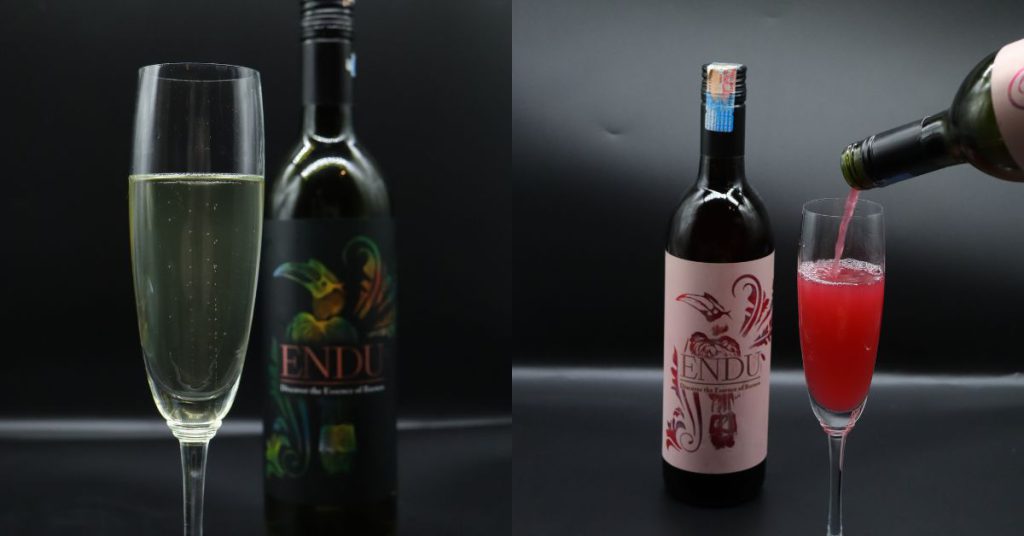
Endu currently has two products—Endu Classic and Endu Roselle. The Endu Classic is a sparkling tuak that is fermented with rice, while the Endu Roselle is a sparkling tuak that is fermented with roselle.
These products are available in select outlets across Kuching, Miri, and Kuala Lumpur, but the team plans to expand to Singapore soon.
Pricing varies from outlet to outlet, but typically ranges between RM120 to RM168.
Facing challenges at every corner
Shaun explained that no alcohol manufacturing licences are issued in Malaysia anymore, so they had to search for a production facility that has the specific licence to produce rice wine.
“Having said that, we remain optimistic about obtaining our own manufacturing licence in the near future,” he said.
There’s also the topic of competition, as tuak businesses seem to be on the rise these few years. Shaun agreed that he has seen an uptick in terms of tuak businesses, especially after the pandemic.
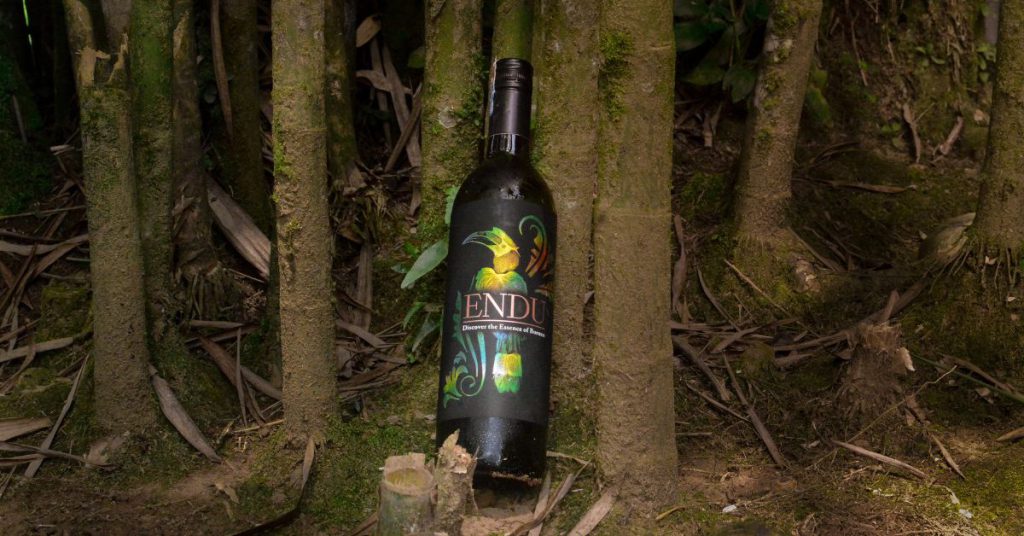
“However, we are happy to see that,” Shaun shared. “We are happy that our culture and heritage is starting to gain more recognition from the outside world.”
Another major challenge Shaun faced is trying to educate the market about Endu.
Despite tuak having been around for a long time, the co-founder realised that not many people actually know about it, especially when it comes to the culture and heritage behind it.
“We will do our best to educate the market through marketing campaigns and this is why we are happy that there are many more tuak brands out there,” he said. “I see a bright future in this industry for everyone involved, let’s educate the market together.”
Putting Malaysia on the map
Today, Endu is the 25-year-old’s full-time job—something he didn’t always plan on.
“We started this from scratch, not knowing it would be a legitimate business,” he explained.
But after a year of nurturing Endu as an online platform, he became fully committed to the business. He saw a true potential for the product, and thus took the leap of faith to commit to the business fully. The support of his mentor also empowered him to make the decision.
“I love and I am proud of what I am doing, so why not take the risk to have my own business while I am still young,” he expressed.
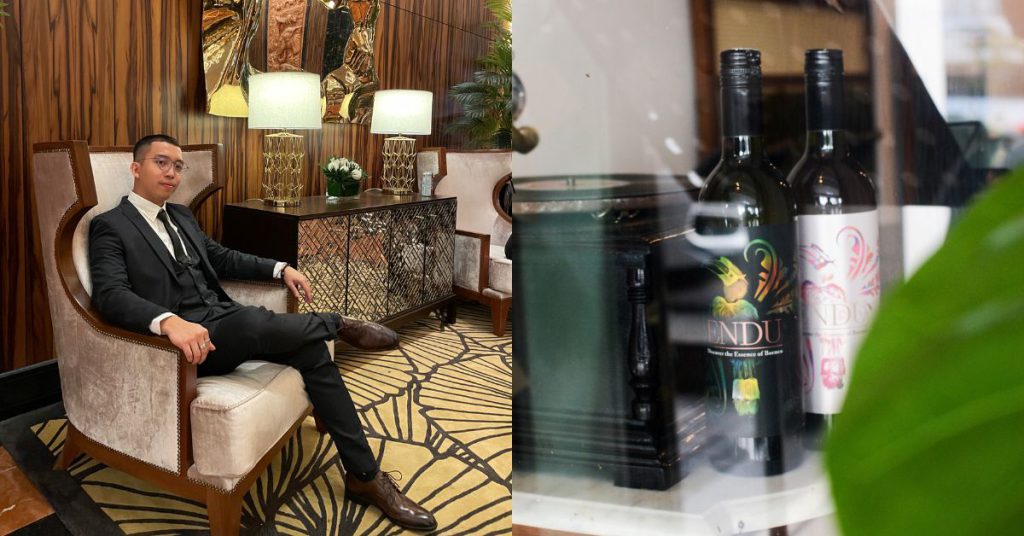
Currently, the Endu team comprises four individuals based in Kuching, Singapore, and Kuala Lumpur.
From here, he said that the Thirsty Craftsmen Asia label also plans to have more brands in the future, proudly producing more Bornean craft beverages.
But funding will be an issue. Even now, the team is actively looking for suitable investors and applying for grants to expand the business.
After solidying their presence in the Malaysian market, the Endu team believes there’s potential to expand into foreign markets.
This aligns with Shaun’s long-term vision, which is to put Malaysia on the map for alcoholic beverages, showcasing the local culture and heritage on the world stage.
Also Read: Fee for using DuitNow QR? Here’s what the merchant discount rate means for merchants & users.
Featured Image Credit: Endu
This M’sian halal shaved ice biz was almost bankrupt, now supplies to 500+ merchants
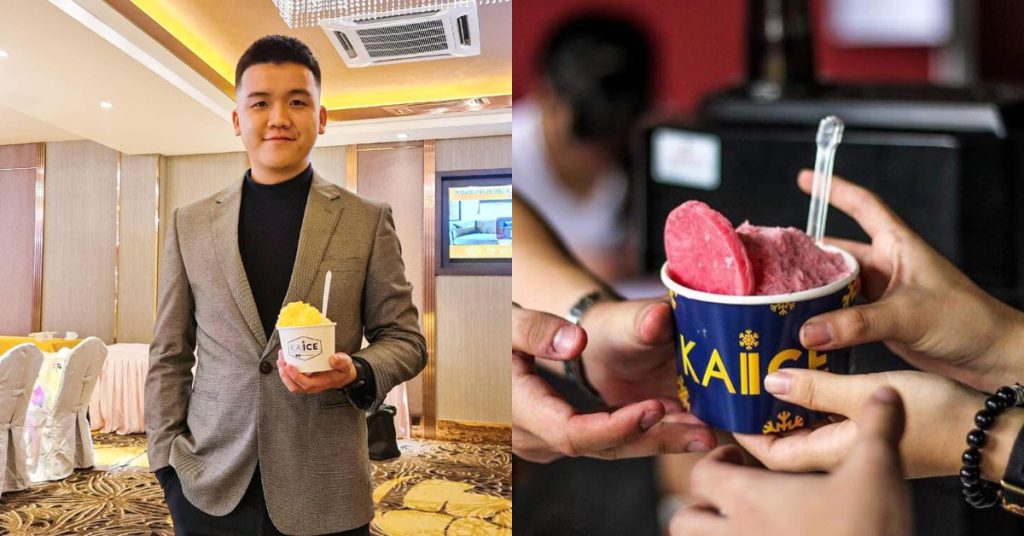
In the hot, humid country that is Malaysia, shaved ice has always been quite the popular icy treat. Think about the more classic ice kacang to the bingsu trend originating from Korea.
A notable player in the shaved ice scene is KAIICE, though you might not have heard of them.
This is because their prominence has been more for behind-the-scenes work, having supplied over 500 merchants nationwide with its halal-certified products. Today, though, it has expanded into offering direct-to-consumer sorbet products.

Despite its apparent success, at one point, the business almost went bankrupt. Here’s the story of how it rose, fell, and rose again.
Failure is the mother of success
Hailing from Selayang, Selangor, KAIICE founder Myon Lai Ming Yang chose to pursue business accounting in college.
He gained his first business experience in the middle of his studies, helping a friend with their vegetable business. This inspired him to further delve into the world of entrepreneurship, before making a more drastic decision.
“I decided to abandon my studies halfway and start my first (ecommerce) business with my friend,” he revealed. “But this business failed due to lack of experience and lack of cashflow.”
So, Myon got a job as a telesales person. After two years, he gained the capital to start a business again. He managed to a kick off a homestay management business while becoming the top salesman at his day job.
But he was still yearning for something more. One day, he met a friend who shared about Malaysia’s dessert industry, which inspired him to look into the market. From there, he began learning how to make desserts such as ice cream, shaved ice, and sorbet.
Seeing the industry’s potential, he decided to start a shaved ice food truck.

“With a savings fund of RM20,000, I borrowed a secondhand machine to produce ice, rented a food truck from a friend with a profit-sharing term, found three friends to start the business with no basic salary—only profit sharing,” he said.
Despite the seemingly unstable situation, Myon went all-in with the idea, even quitting his day job to focus on it. In 2015, the first iteration of KAIICE got its start.
Starting out as a food truck
Along with his three friends, Myon began selling desserts at a Sri Rampai night market.
Business was good in the first few weeks, but sales kept getting lower and lower until they were profiting only RM89 a month.
That’s when Myon realised the recipe was not suitable for their audience.
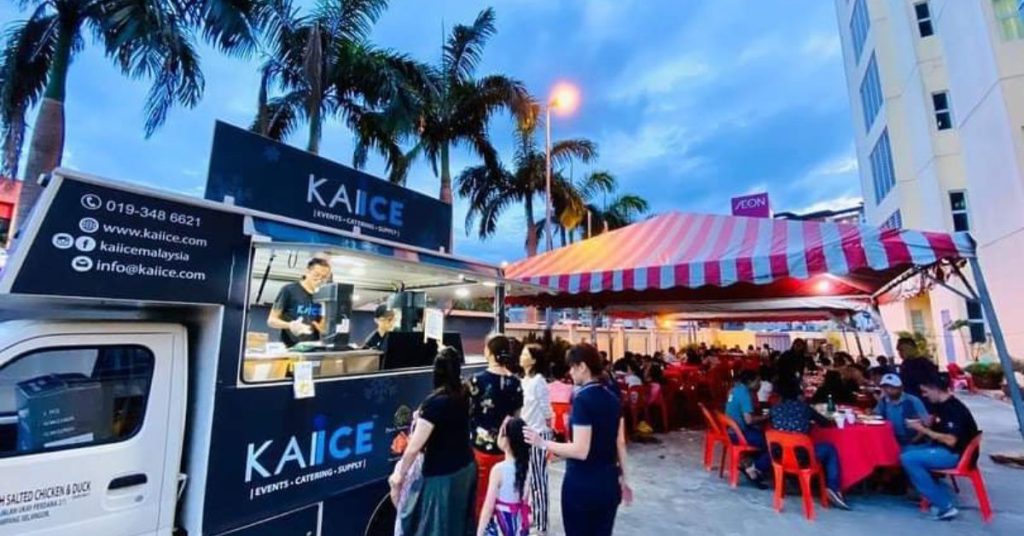
“So, we took a break to research and develop those recipes,” he shared. “We decided to use real fruits and natural ingredients to make our ice instead of using artificial flavouring. We tried and surveyed until we discovered our own recipes successfully.”
That seemed to do the trick, as Myon shared sales ended up increasing, and the team also started receiving orders for catering and events.
But the true breakthrough would come in 2017.
Myon and the shaved ice factory
Inspired by a customer’s remarks, the team saw potential in opening up a dessert factory rather than an individual dessert shop. This way, they could supply everywhere in Malaysia rather than just a small area.
But the issue was funding, or the lack thereof. The team talked to family, friends, and even pitched to the public. However, people doubted them, as they lacked experience in handling a dessert factory.
11 months into the search for funding, two of Myon’s friends left the business.
“I was disappointed at the time, and I’m used to being the most optimistic person in the team,” he expressed. “But good news always comes when you do your best.”
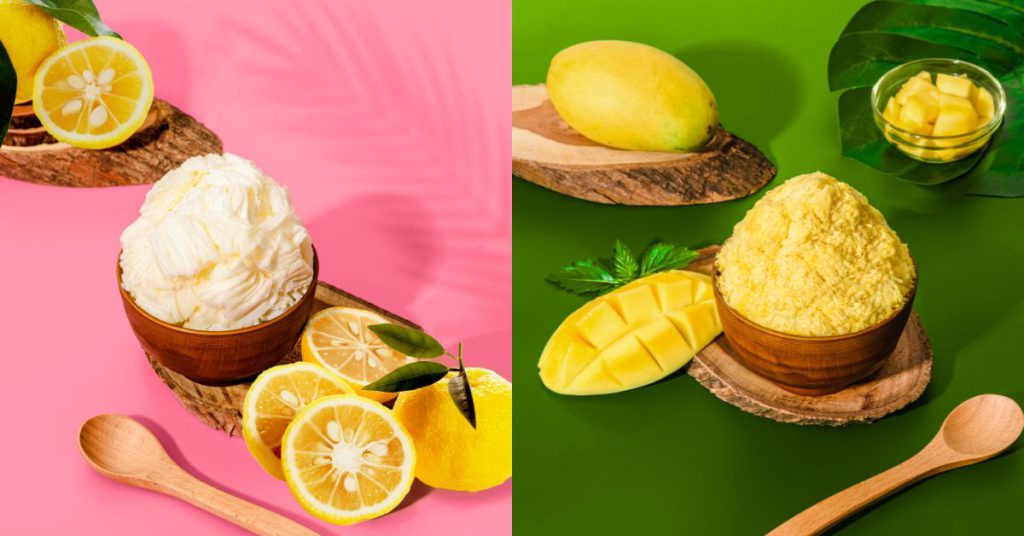
In 2018, KAIICE received a catering order for the first day of Chinese New Year. The team took the order, willingly sacrificing their own celebrations.
“This decision was a life-changing decision,” the founder shared. “The customer was shocked when she saw two young Chinese serving dessert at the first day of CNY back then, so she kept our contact.”
Inspired by their working attitude, the customer and her husband decided to invest in KAIICE after hearing the team’s business proposal.
Thus, in 2018, the team launched its factory, focusing on supplying their own shaved ice machines and KAIICE ice blocks to hotels, convenience stores, cafés, restaurants, stalls, food trucks, and more.
Diversifying revenue streams
The challenge doesn’t stop there. During the pandemic, KAIICE’s revenues plummeted. It was difficult to even pay employees at this time. Myon knew he needed to innovate, so leveraging his ecommerce experience, his team created a new KAIICE MINI sorbet dessert to sell online.
“Sadly, this was not enough to survive,” Myon said. “The company faced bankruptcy, which led to a critical decision between all the partners.”
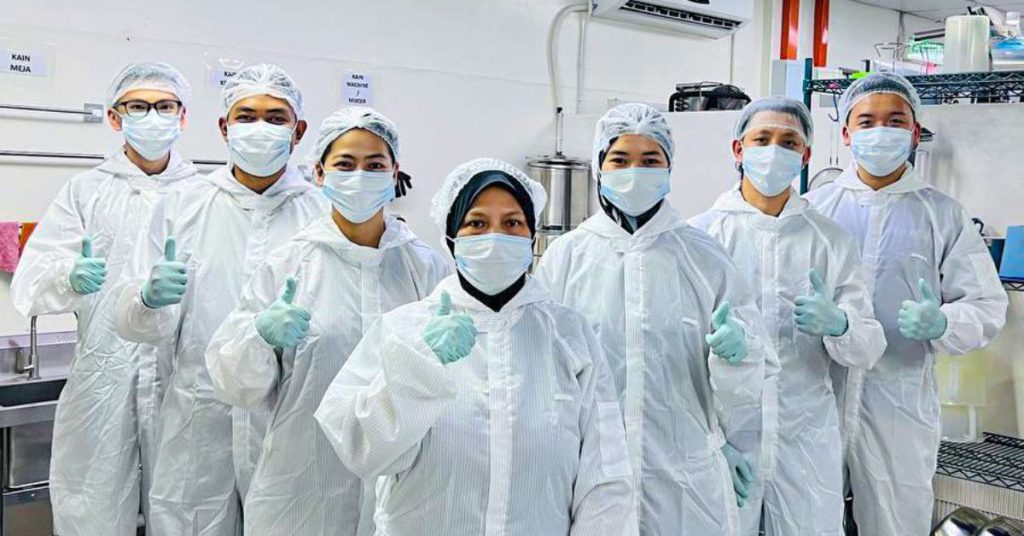
During this time, the business partners ended up forking out their savings to save the business. So far, it seems to be paying off.
Flavours for the KAIICE MINI include calamansi, mango, peanut butter, passion fruit, strawberry, and peach.
KAIICE actually supplies 20 different flavours for its regular shaved ice, though, with some unique ones including durian, soursop, elderflower, hazelnut, traditional kopi, black sesame, Thai milk tea, and more.
Besides selling the mini sorbet online, KAIICE also wants to supply it to mini markets or convenience stores in the future.
Furthering the brand
With the pandemic now over, the business is still focused on B2B supply. The team aims to expand its supply chain to more than 1,000 merchants in Malaysia.
“After years of reinvestment of profits to our factory, we can now produce more than 1.5 million ice blocks per year,” Myon proudly shared.
The founder believes KAIICE stands out against competitors for a few reasons. For one, it offers flavours that are made using real and premium ingredients.
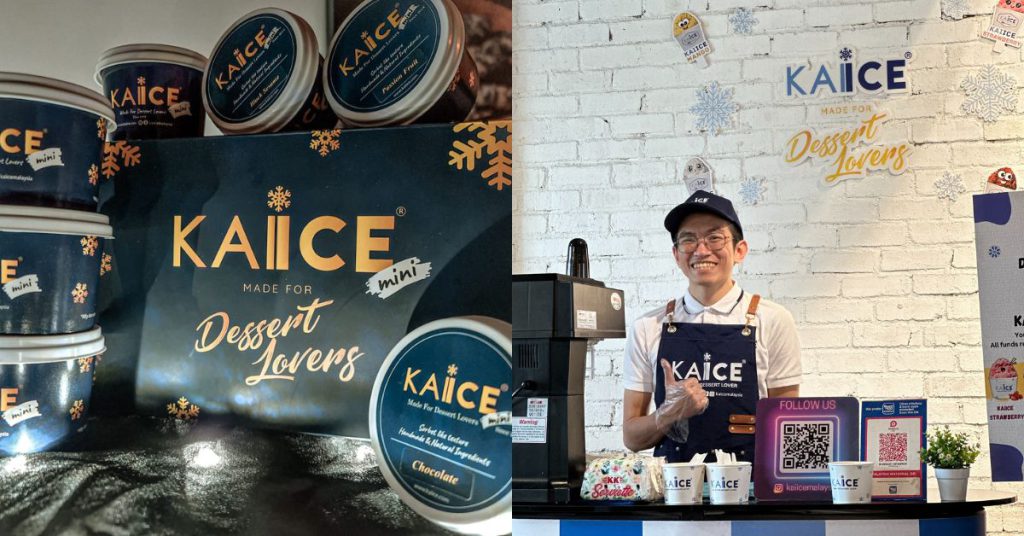
Compared to a traditional ice shaver machine that uses one block to make many bowls, the KAIICE machine is more convenient due to its one block per serving concept. This makes it easier for clients to control their stock and produce less waste.
“Most of our clients are able to earn more than 50% of their revenue from selling KAIICE which helps them to lower their burden on staff wages and shop rental,” Myon added.
There’s also the fact that KAIICE has gotten halal certification to ensure Muslim customers have ease of mind.
But the vision for KAIICE doesn’t end here. The point of opening up a factory instead of just a dessert shop was to spread KAIICE’s shaved ice everywhere.
As such, Myon wants to explore more opportunities to expand the business in other countries, with hopes to be a representative name for Malaysian desserts everywhere.
Also Read: Scientex is on a mission to prove that young M’sians can afford landed homes in urban areas
Featured Image Credit: KAIICE

